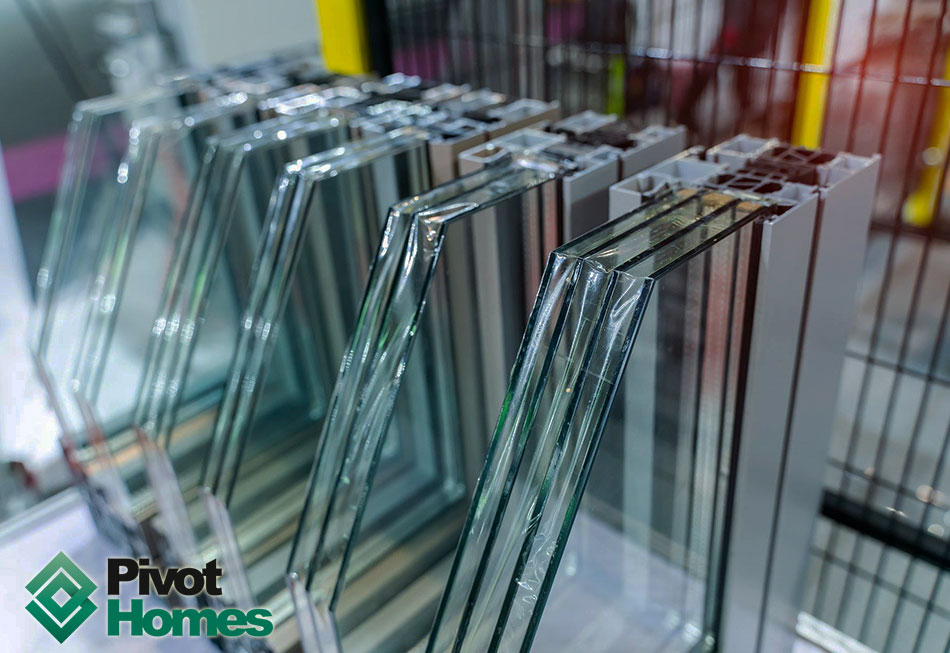All Categories
Featured
Table of Contents
Glazing And Glass Options - Smarter Homes in Kenwick Western Australia
Laminated glass is typically used in locations in the home most vulnerable to injury from human effect such as bathrooms, doors, around staircases and in areas near the flooring (it fulfills the requirements of 'shatterproof glass' that is mandated for usage in these areas by Australian Standard AS 1288 Glass in structures).
Toughened glass has been 'tempered' by being reheated and quickly cooled once again. This procedure makes it much more powerful than standard glass it can resist higher impact loads before breaking. It also makes it much safer due to the fact that, when it does shatter, it breaks into lots of little cubic pieces rather than dangerous shards.
Summer Scorcher Predicted, Again! Double Glazed ... in Bibra Lake Western Australia
Toughened glass has no thermal or acoustic advantages over other glass of the same toning or density. Secondary glazing is where single-glazed windows are retrofitted with a transparent acrylic or glass sheet connected to the within the frame or openable sash with a secondary frame or with magnetic strips.


Secondary glazing will not carry out as well thermally as a manufactured IGU, since it is difficult to absolutely seal the perimeter, but it can supply good sound control. Window movies are a thin polymer movie containing an absorbing color or reflective metal layer, with an adhesive backing. They stick to your glazing to change its colour or make it reflective.
What Are Double Glazed Windows? - Build in Balcatta WA
Applied to existing glass, some window movies can cut in half the overall SHGC of the window by soaking up and/or reflecting solar radiation. This can be particularly useful in hotter climates where cooling is the main concern, or on east and west elevations directly exposed to extended periods of sunshine. Window films may likewise lower visible light transmittance.

For this factor, it is usually best to utilize an accredited installer of window movie. Frames have a substantial influence on the thermal performance of windows and doors, due to the fact that energy can be gained and lost through the frame, along with through the glass. Different kinds of frame will allow different levels of heat gain and loss, so careful option of frame is very important for reliable passive design.
Double Glazed Windows – Their Amazing Benefits For ... in Carine Perth
Aluminium is also an extremely great conductor of heat and will decrease the insulating worth of a glazing system, unless specifically crafted to reduce this. A 'thermally broken' frame is comprised of 2 aluminium sections linked by a structural insulator (generally a low-conductivity structural polymer). This 'breaks' the thermal connection through the aluminium and decreases the heat streaming through the frame.
Wood frames are a great natural insulator that can fit some house styles. Wood frames need to be made from types that have naturally high resilience or be treated to prevent decay and contortion.
The Science Behind Double Glazed Windows in Swanbourne WA
However, this can lead to gaps that permit air infiltration unless great draught sealing (weather condition removing) is installed. u, PVC is a form of plastic (unplasticised polyvinyl chloride, likewise known as stiff PVC). u, PVC frames provide excellent thermal performance, frequently much better than wood or thermally damaged aluminium. u, PVC is long lasting and requires really little maintenance, and can be moulded into intricate profiles that provide outstanding air seals.
u, PVC windows and doors have outstanding thermal performance Photo: Ben Wrigley (Light Home Architecture and Science) Composite frames use aluminium profiles on the external areas with either a timber or u, PVC inner section. These combine the low maintenance and toughness of aluminium with much improved thermal efficiency.
Latest Posts
Diy Double Glaze in Koondoola WA
Glass Selector - Custom Single & Double Glazed ... in Midvale Perth
Does Double Glazing Keep Heat Out in Woodvale Western Australia